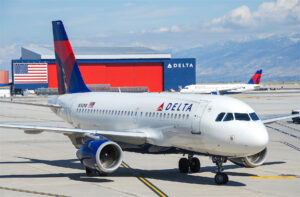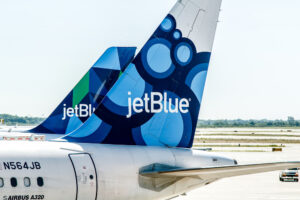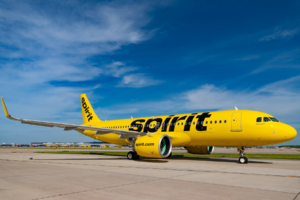Fuel consumption of modern aircraft and 40 years ago
#17
A FlyerTalk Posting Legend
Join Date: Apr 2001
Location: PSM
Posts: 69,232
#18
Original Poster
Join Date: Dec 2009
Posts: 552
But as modern airplanes are lighter, how possible is it to allow fly higher (40000-50000ft) which requires larger wing surface but the fewer air resistance and less weather problems (like the QZ8501 and AF447 disasters) can outperform the extra weight.
Don't forget, since the beginning of the jet age over 50 years ago we are not flying a foot higher. The 707 has a ceiling of 43000ft nothing less than the 787. It seems that these values (29000-43000ft) are optimized for jet aircraft of the 1960s and not of the 2010s or 2020s.
But that is an assumption.
#19
Suspended
Join Date: Nov 2015
Posts: 1,808
No, seriously, just a thought experiment - do you think if there would be a technology cutting half of fuel price at the expense of increasing travel time by the same amount - will it have market opportunity?
Imagine that SFO-JFK flight would take 10h but twice less fuel.
Imagine that SFO-JFK flight would take 10h but twice less fuel.
Profitability isn't really in speed so much as it is in butts in seats. Nowadays we have horrors like the 757 which jams people in like sardines and increase seat capacity in it's length.
#20
Join Date: Dec 2007
Location: Virginia City Highlands
Programs: Nothing anymore after 20 years
Posts: 6,907
So, if in about 15 years it would be possible to fly from coast on electric plane but the top speed most likely will be no more than 300mph. Would it be viable?
But at the same time in 15 years we could get from coast to coast in 10h via HyperLoop...
#21
Join Date: Jul 2001
Location: London, England.
Programs: BA
Posts: 8,484
In the cruise, as you go higher, the stall speed of the aircraft in the thinner air also goes up, quite considerably, and you have to keep ahead of this. It's not a huge danger because if speed drops off a bit (eg engine failure), you can just put the nose down and go down.
However if you go a bit faster than the optimum, you start to get additional airframe buffeting. These two limits converge the higher you get. There is a calculated margin, but if you go higher, or faster, or slower, you start to get outside the margin. It varies a bit by aircraft type, but not notably so. Slightly slower jets, such as the BAe146, will not have such a high service ceiling. The point where the two limits converge on a graph drawing these limits is known as "coffin corner". Supersonic aircraft, which have to break through this, need a completely different design.
One of the no-nos of flying is trying to climb up over a weather system. You go round it. There have been several accidents over time from crews trying to climb up over weather which proves to extend higher than expected, they get into turbulence, lose some speed or wing performance, stall, and lose control.
The all-time text book about all this is "Handling the Big Jets" by D P Davies, published in 1967. Davies was the chief test pilot for the UK authorities in the 1950s-60s, and had been central to many of the design details as jets came along, including a well-known stand-off with the US authorities over aspects of the initial Boeing 707, which Davies won and Boeing made modifications.
https://www.flightglobal.com/FlightP...20-%200708.PDF
Last edited by WHBM; May 26, 2016 at 10:44 am





















